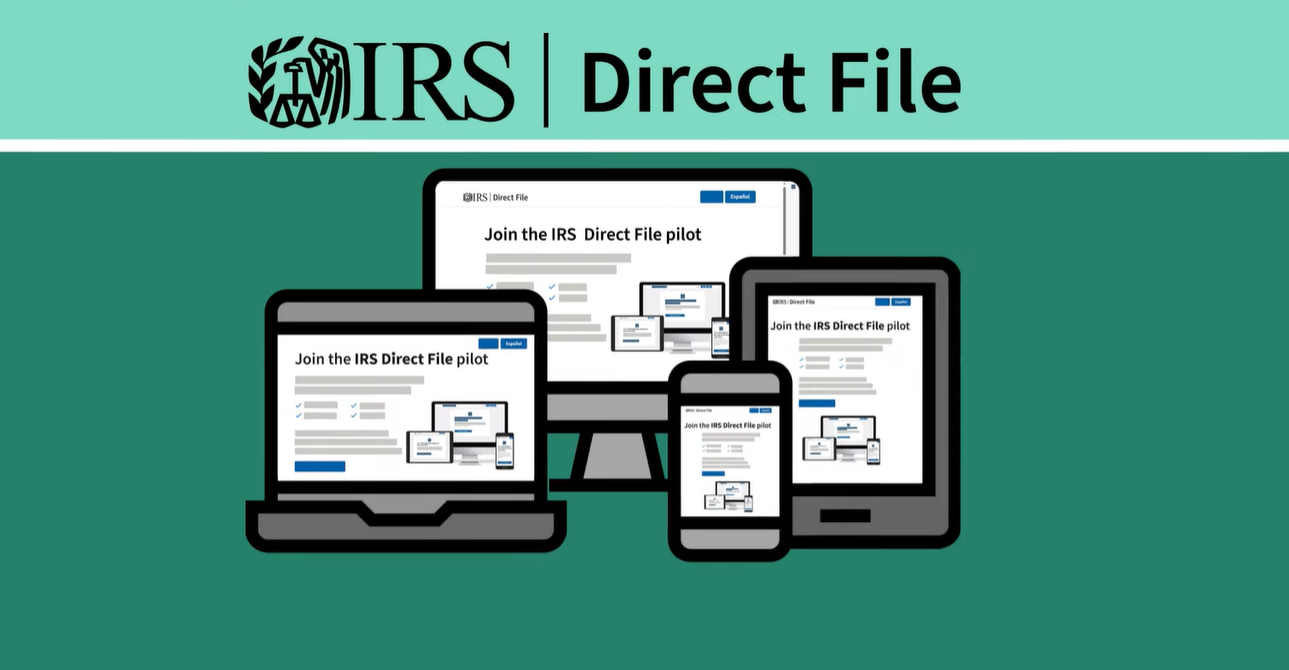Everyone wants their CPA firm to be a modern workplace equipped for the challenges of tomorrow. Turning this dream into a reality is a wide-ranging and multifaceted effort, touching on everything from technology and remote work policies to branding and service offerings. Perhaps the biggest and most imperative way to modernize a firm, however, involves the people you hire and the way you treat those people. Without taking the time for a thorough understanding of diversity, equity, and inclusion (DEI), your firm may be up against some tough times ahead.
The benefits of a diverse and inclusive workplace are numerous. Young people want to work for companies with strong values that reflect a DEI-focused approach to hiring and culture. Diverse workforces are also statistically proven to generate more revenue, and the numbers are drastic and significant in this respect. The same is true of diverse teams and their performance. Emphasizing DEI within your firm, then, is a win in every respect, not to mention simply being the right thing to do. There are hardly any businesses that don’t want to be seen as inclusive and forward-facing when it comes to these issues, but far too many simply pay lip service to the idea without doing what it takes to really understand the challenges and implement policies that make a difference.
Defining diversity, equity, and inclusion
Before you begin to enact DEI initiatives in the workplace, you should take the time to grasp what each of the three terms mean. Diversity, the broadest of three terms, simply means having many different types of people in your workplace. While that’s pretty straightforward, people still make mistakes when talking about diversity. Promoting diversity at your firm is more than discussion on the topic, but filling positions with people from different backgrounds that have equal opportunity for success at your firm.
Beyond diversity is equity, which involves ensuring that all of your diverse employees are treated fairly. As Forbes notes, “Equity requires an organization to acknowledge that everyone has different needs, experiences, and opportunities and respond accordingly.” In other words, we can define equity as acknowledging different experiences in order to provide an equitable experience for all.
Inclusion is the act of making all types of people feel comfortable and accepted in the workplace. Creating an inclusive firm will require you to tackle both big-picture ideas and granular details. Little details, down to the words we use to communicate to one another, can have a massive impact on how included people feel in the workplace. Oftentimes, we aren’t even aware of little ticks of language, behavior, or policy that can make people feel excluded. Addressing these concerns will help make everything you do make all of your team feel welcome.
Putting DEI into action
Once you understand the pillars of DEI, you can begin to craft policies and initiatives that reflect them. The easy part is discussing inclusion and making it one of your core values; the harder part is living those on a day-in, day-out basis. You have to be willing to assess every aspect of your operations in light of DEI principles. Otherwise, you’re at risk of being rightfully called out for talking the talk, but not walking the walk.
An obvious and crucial place to start is with your hiring practices. Firms should strive to have a workplace that is reflective of the places they are located, which can include hiring and promoting candidates from myriad backgrounds and lifestyles. Companies become less diverse as you work your way up the corporate ladder. Equity should be present at every level of the company.
You should look outside your own doors when it comes to assessing DEI practices. Everything from the vendors you work with to the charities you support paints a picture of where you stand on DEI. In an always-online and data-obsessed world, people can do the legwork and see if a firm walks the walk in addition to supports the principles it espouses.
Additionally, setting up a system of checks and balances, where you are rigorously asking for feedback and reviewing how everyone is doing around these values and policies in place is key. Putting them in place but not being tested on their effectiveness can make the effort futile and leave employees disappointed. Having an independent review process periodically to stay on track and make changes as necessary can help with your success.
Most of all, though, a focus on DEI has to come from the hearts and minds of the leaders at your firm. It has to be an animating aspect of who you are as a firm and the example is from the top. The adaptation process may not happen overnight, but it’s something you can strive for.
Thanks for reading CPA Practice Advisor!
Subscribe Already registered? Log In
Need more information? Read the FAQs
Tags: Benefits, Firm Management, Staffing





